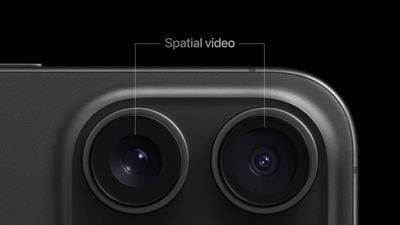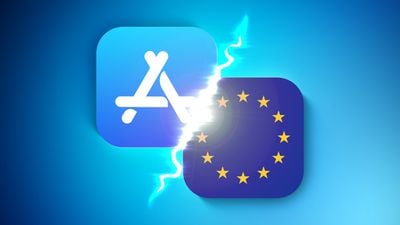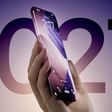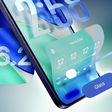Two new Apple Arcade games optimized for the Apple Vision Pro are set to launch on the headset, with Warped Kart Racers available today and Cityscapes: Sim Builder coming out on July 3.

Warped Kart Racers is a racing game that features characters from 20th Television animated shows like Family Guy, King of the Hill, American Dad, and Solar Opposites. Players can take control of one of 20 playable characters and race against friends across 16 maps that come from iconic show episodes. There's both a single player campaign and the option for multiplayer matches.
Cityscapes: Sim Builder was the Apple Arcade Game of the Year and an Apple Design Award finalist. Players are able to become the mayor of an up and coming city, developing careful, thought out systems to meet the needs of the city's citizens.
Power, clean water, garbage collection, pollution, and road traffic all need to be dealt with, and establishing a thriving city raises the power level and unlocks more city options. The game has a City Pass, which is a monthly event that includes exclusive parks, buildings, and landmarks.
Both Cityscapes: Sim Builder and Warped Kart Racers are available on existing Apple devices through Apple Arcade, but the update will also allow them to be played using the Vision Pro's hand gestures and eye controls. In Warped Kart Racers, players use their hands to steer, drift, and throw objects, and in Cityscapes: Sim Builder, hand movements are used to lay roads and build neighborhoods.
Apple and third-party developers have made several Apple Arcade games available on the Vision Pro, including Game Room, What the Golf, Super Fruit Ninja, and Crossy Road Stories. Apple is releasing content updates for two Vision Pro games today, including Gibbon: Beyond the Trees and Bloons TD 6+.
Apple Arcade is priced at $6.99 per month and provides access to up to six family members. Apple Arcade games do not include in-app purchases or other freemium features.



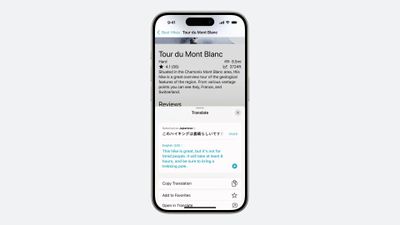


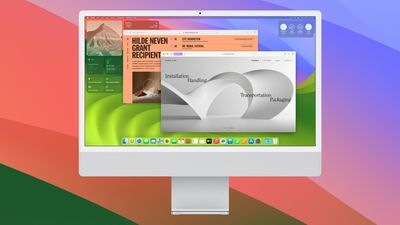
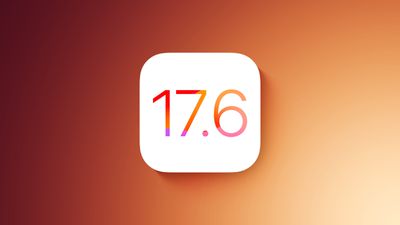


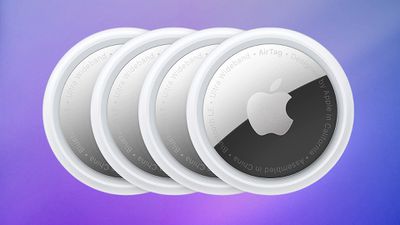 Note: MacRumors is an affiliate partner with some of these vendors. When you click a link and make a purchase, we may receive a small payment, which helps us keep the site running.
Note: MacRumors is an affiliate partner with some of these vendors. When you click a link and make a purchase, we may receive a small payment, which helps us keep the site running.


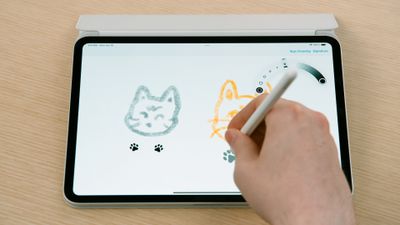





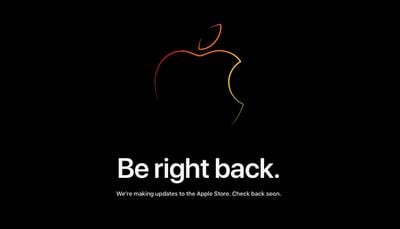
 Note: MacRumors is an affiliate partner with Amazon. When you click a link and make a purchase, we may receive a small payment, which helps us keep the site running.
Note: MacRumors is an affiliate partner with Amazon. When you click a link and make a purchase, we may receive a small payment, which helps us keep the site running.

